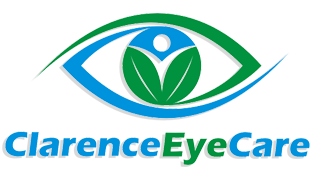Keratoconus
Information on Keratoconus
Keratoconus is a corneal degenerative disorder, in which the cornea becomes progressively thin and steep, resulting in irregular astigmatism. The front of the eye, therefore, is “bulging” and irregular in topography. The presenting complaint is poor vision and inability to correct vision well with glasses, and sometimes, contact lenses. Only about 10% of patients have a positive family history of keratoconus. However, 90% of cases are bilateral suggesting a possible genetic basis. The condition usually presents in the teenage years and has a variable progression.
Keratoconus may be difficult to diagnose in the early stages. One of the most reliable methods of detection, however, is corneal topography. This diagnostic procedure is routinely completed by refractive surgeons, prior to refractive surgery. If the patient is found to have keratoconus, refractive surgery is generally contraindicated, as the outcome may be unpredictable. In the more advanced stages of keratoconus, the diagnosis may be made with a slit-lamp microscope by observing the grossly distorted and thinned cornea.
In the early stages of keratoconus, most patients may achieve good vision with glasses. As the condition progresses, the patient usually requires rigid gas permeable contact lenses for successful correction. In advanced stages, the patient may develop the condition known as acute corneal hydrops, which represents sudden development of corneal edema (swelling) due to rupture of Descemet’s membrane, a membrane near the posterior (deep side) of the cornea. The acute episode often resolves but results in corneal scarring and, perhaps, permanent visual reduction. At this stage, the patient will most likely be referred to a corneal specialist in consideration of corneal transplantation.
